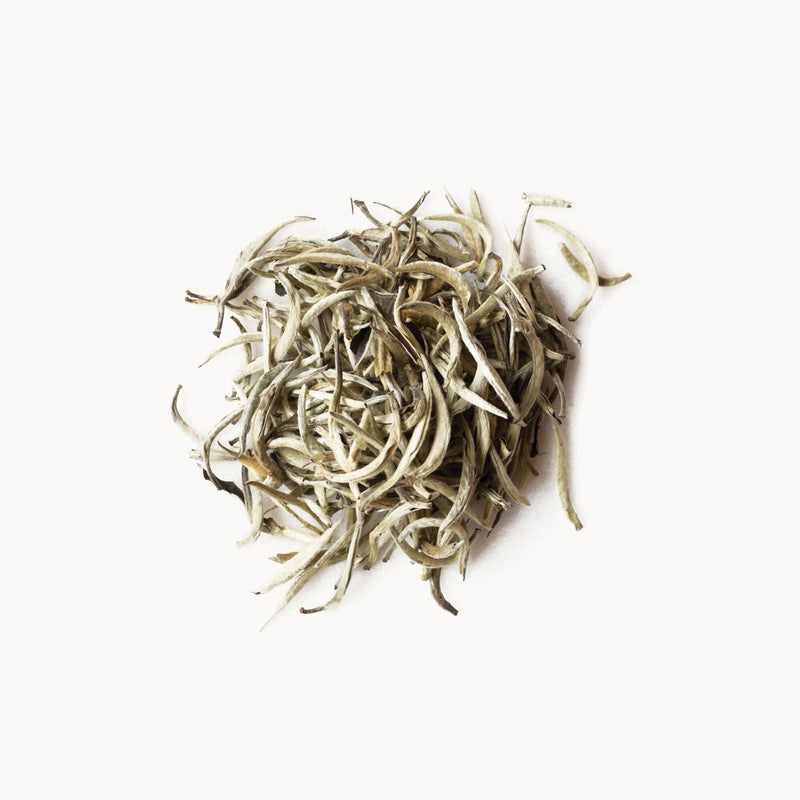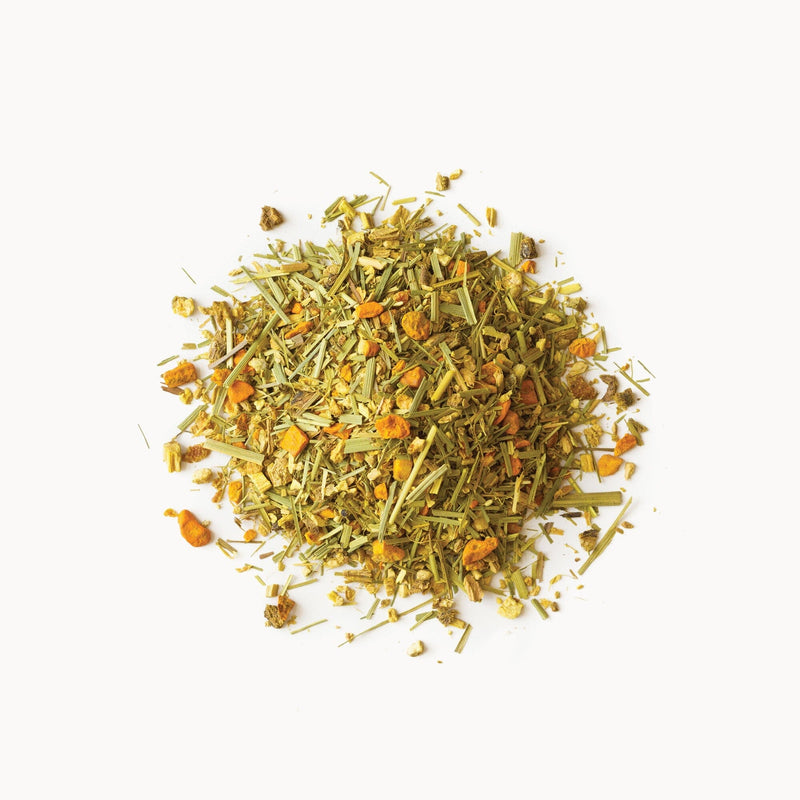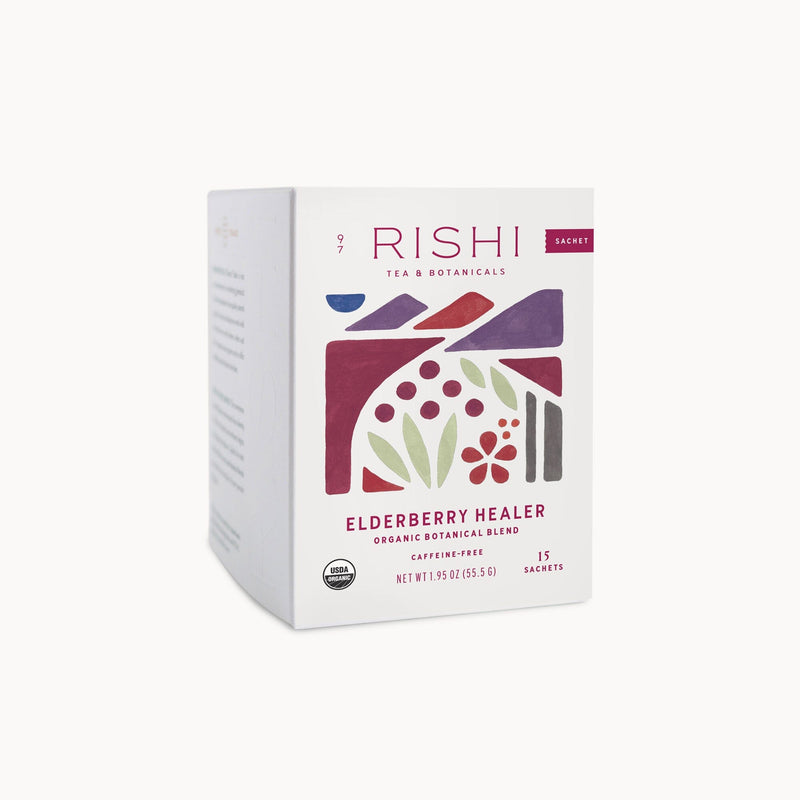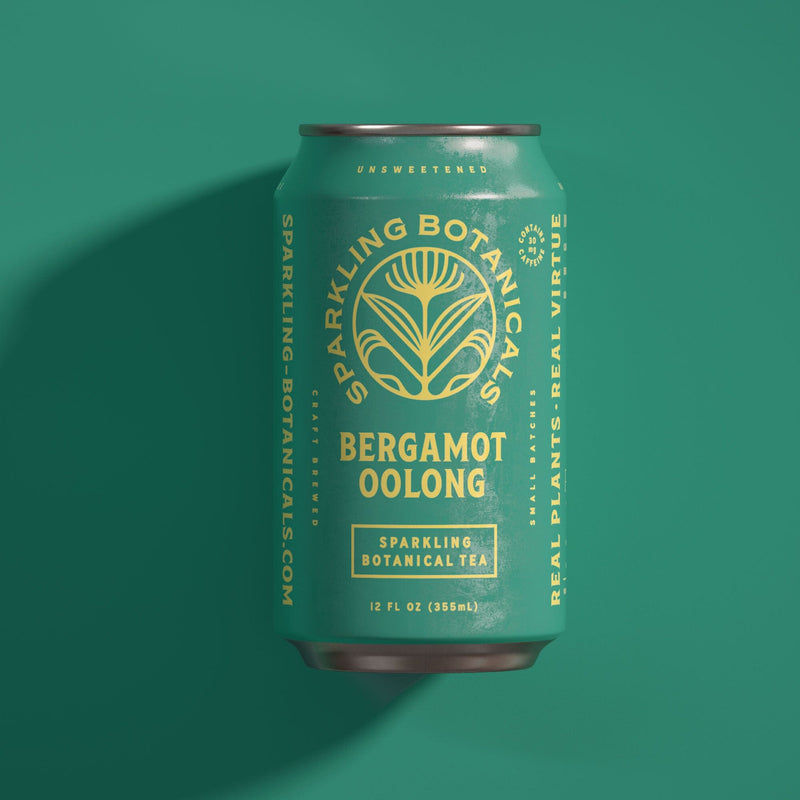A wellspring of knowledge for your tea journey.
Journal /
origins and travel
A wellspring of knowledge for your tea journey.

The Story of Ancient Tea in Thailand and the Old Tea Trees Found in Doi Wawee
Tea cultivation and tea eating culture spread to northern Thailand during the 11th and 12th centuries, if not earlier. There are some assumptions about the first appearance of ancient tea trees in the northern region of Thailand.

Pussimbing Garden, Tiger Hill Peak
The Pussimbing Tea Estate, located in Darjeeling's Tiger Hill Peak, has a rich history dating back to the late 19th century. Their teas are renowned for their unique fruity, wintergreen, and minty characteristics, along with vintage Muscatel flavors in the second flush.

Darjeeling First Flush Harvest 2023
Darjeeling is one of most celebrated tea origins in the world and is a paragon of terroir flavor expression, earning it the title the “Champagne of Tea”. The name of the region derives from Dori Ling, the very place where the Hindu deity Indra’s thunderbolt struck the ground.

Yen Bai
Yen Bai, located in Northern Vietnam, is known for its production of unique spices and teas.

Lao Cai, Vietnam
Lao Cai, located in Northern Vietnam, is a region known for its rich tea production and cultural diversity. The province is nestled in the Hoang Lien Son mountain range, providing an ideal environment for tea cultivation.

Zhenghe, Fujian, China
The tea region of Zhenghe, also located in the Fujian province of China, holds significant importance in the production and original development of traditional white tea. Zhenghe is known as the birthplace of white tea, where the first historical production of white tea took place sometime in the 18th Century.

Shikoku Islands, Japan
Shikoku Islands, located in southwestern Japan, is the smallest of the country's four main islands. It is known for its unique climate and agricultural practices.

Nara, Kyoto, Japan
The tea region of Nara in Kyoto, Japan is known for its production of matcha, a finely ground powdered green tea. Nara, located in the southern part of Kyoto Prefecture, has a long history of tea cultivation and is renowned for its high-quality teas, as well as its contribution to the art of tea ceremonies.

Kampot, Cambodia
Kampot, located in southern Cambodia, is renowned for its unique characteristics as a prime region for cultivating herbs, spices, and pepper crops.

Xiaoguan, Hubei, China
The high mountain, rocky gardens and special soil structures of Xiaoguan Village offers us amazing and pristine organic green teas.

Sicily, Italy
The historical origin of Sicily's citrus crop can be traced back to ancient times when citrus fruits were brought to the island by the Arabs.

San Luis Potosi, Mexico
San Luis Potosi, Mexico is located in the central part of the country and holds a significant historical connection to the origins of vanilla production.

Poland
Poland's dried fruits and quince production play a significant role in the country's organic exports.

Tamil Nadu, India
The history of Ayurvedic herbs, including ginger, pepper, tulsi (holy basil), aromatic plants, and spices in the Tamil Nadu region of Southern India, is deeply rooted in ancient traditions and practices.

Albania
Albania, a country located in the Balkan Peninsula of Southeastern Europe, holds a unique position when it comes to the production of elderberries and wild herbs.
















































































